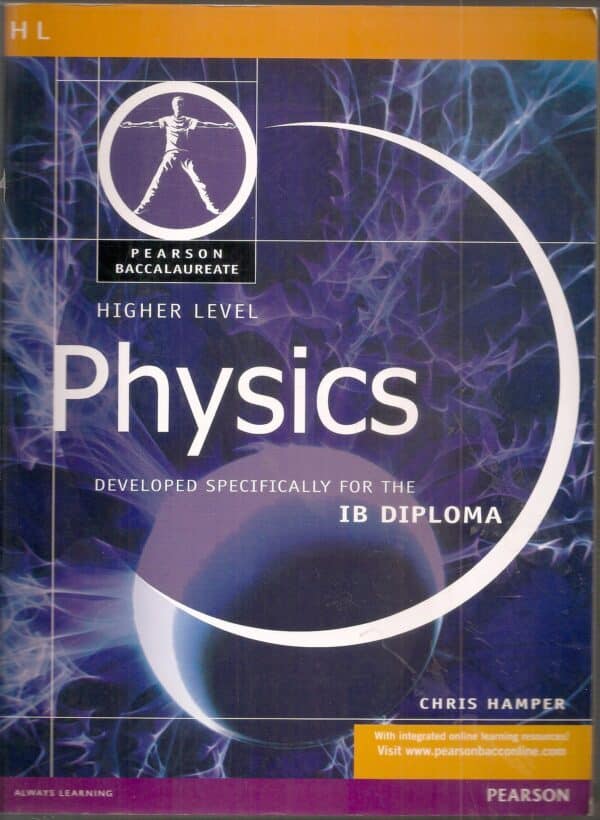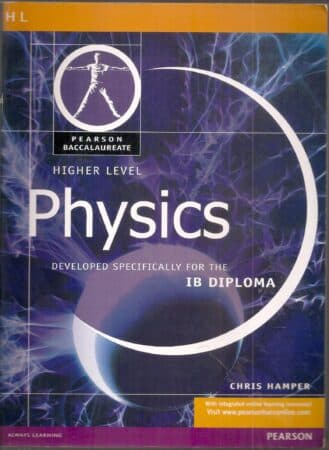
Past paper IB diploma physics Higher Level
Past Paper IB Diploma Physics Higher Level Coursework
IB diploma physics Higher Level coursework is different from SL coursework. This article will provide information about the IB Physics coursework. It also includes a free response test for paper 2.

SL coursework
For those who are looking to advance in Physics, past paper IB diploma physics Higher Level coursework is the best way to get an edge over your classmates. The IB Diploma physics Higher Level coursework is harder than it sounds and has two main types of assessment. The external assessment consists of 80% multiple-choice questions (MCQs) and 20% internal assessment. The exams are moderated by the IB board and are based on the common core syllabus. Paper 1 contains 40 MCQs (multiple-choice questions), Paper 2 has two short answer type questions, and Paper 3 has an extended response question.
Paper 3 is an hour-long, 45-mark assessment of your knowledge of the IB Diploma physics curriculum. This exam will test your knowledge of experimental methods and the scientific method. It will also test your ability to follow safety procedures in a lab and solve a range of problem-solving exercises. You’ll find these past papers invaluable, especially if you’re a student studying for the Higher Level exam.
HL coursework
If you are preparing for IB Diploma in Physics, HL or SL, you may want to consider looking for past papers of the course. This program requires three exams, labeled paper 1, paper 2, and paper 3. These exams are similar but require a different approach to coursework. Past papers will give you a better idea of what to expect in each exam. Here are some tips for getting the highest marks on your Physics exams.
IB Diploma physics students can use past paper resources to get the highest marks. Past papers will help them prepare for the exam by guiding them through the steps to answering questions. These resources are available in two different versions, Higher Level (HL) and Standard Level (SL). You can choose which paper you wish to use as a model for preparing for the exam. If you want to know more about the marks for each question, you can also view the video solution.
SL free response test
The IB Diploma Programme offers a wide range of exams for all subjects, including physics. Students have two hours and fifteen minutes to complete the SL version of the paper, while the HL requires three hours and fifteen minutes. Students must practice to build endurance, and to avoid careless errors toward the end of the test. The SL free response test is a great way to practice the syllabus for the HL version of the exam.
Past papers for IB physics Higher Level are useful for preparing for the upcoming exam. These papers may contain repeated questions with slight differences. However, they will help students better understand the concepts and questions that are likely to come up in the exam. The SL free response test is an excellent way to practice for the exam, and can be useful to review any areas that need improvement.
HL free response test
The IB Diploma physics Higher Level free response test can be a challenging exam to take, but with the right preparation and a good tutor, you can ace this exam. Although this exam is longer than the other two, it is generally easier to understand and execute than its counterparts. The following tips will help you pass the test and earn a good grade. Here are the top tips for scoring well on the free response exam.
The HL or SL exam consists of three exams. Each exam assesses different qualities of the coursework, as well as different approaches to problem solving. The HL exam is a longer examination, but the three exams are a total of eighty minutes each. There are also several options for the exam, including an external exam or continuation to the IB diploma physics Higher Level SL 1-2.

Comments (0)